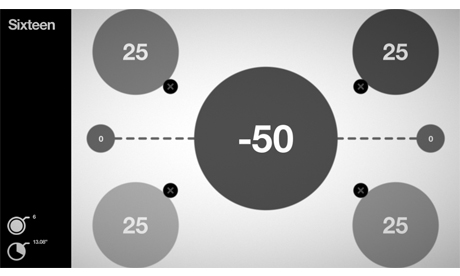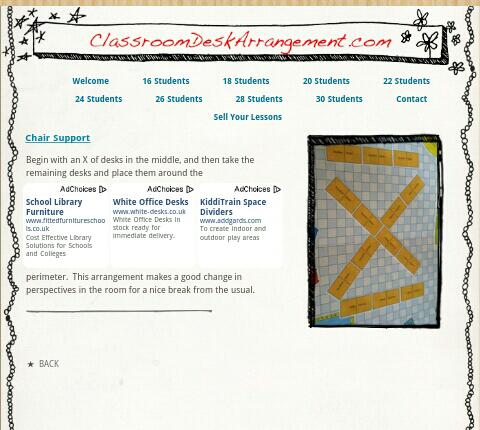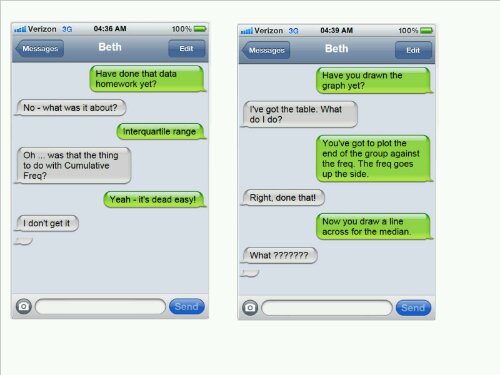I’m loving this simple game for ipads and iphones. All you have to do is make 100 by tapping circles – it’s easy to learn, but every level brings a new challenge. This review on YouTube demonstrates the game:
My six year old picked up how to play in moments. She commented that it helps her to practise counting and adding. It also increases spatial awareness and moves on to negative numbers.
If you have an ipad in your classroom it would make a nice stand-alone activity; more than one ipad and you could race each other to reach a specified level. If you have ipad/projector connectivity, it could be a whole class starter. Download Hundreds (cost was £2.99 at time of posting).
‘Hundreds’ has been ‘App of the day/week’ in several publications, within weeks of it’s release.
I’m now looking for an equivalent game for a SMARTboard. Any suggestions, please let me know by leaving a comment.







